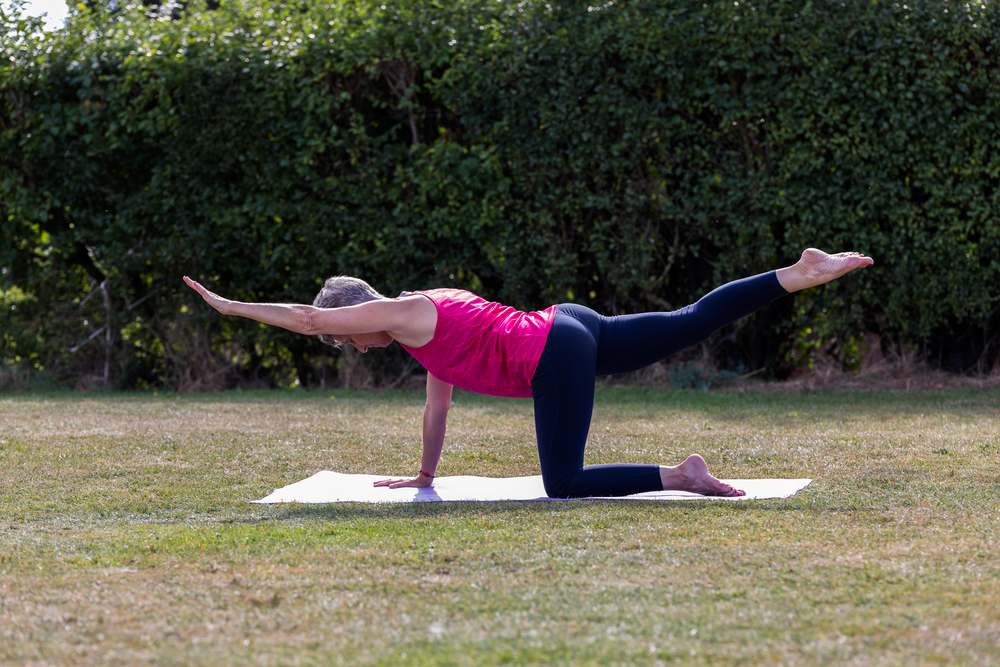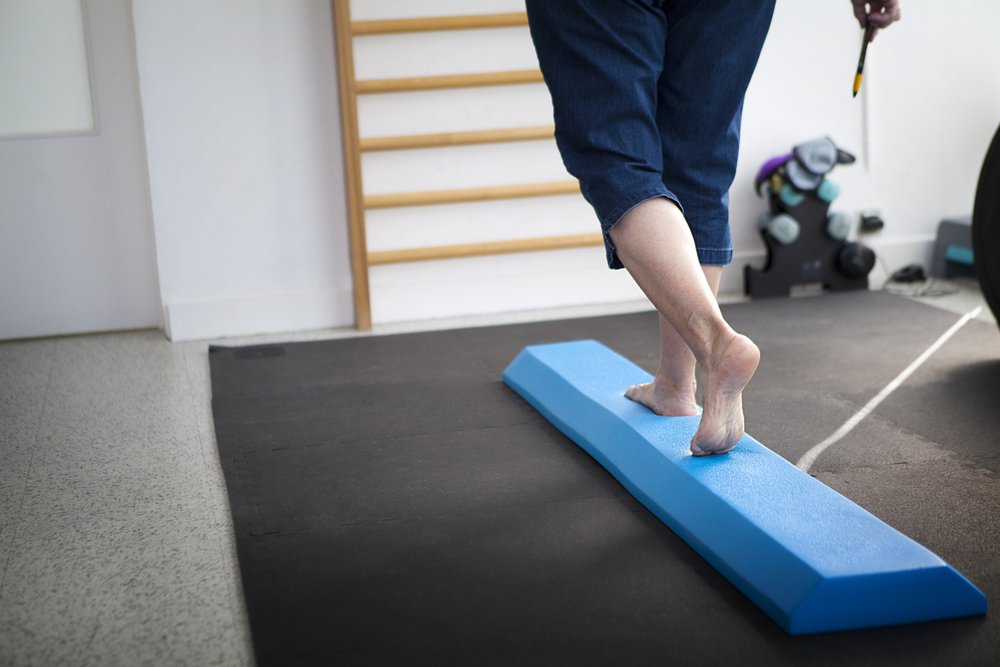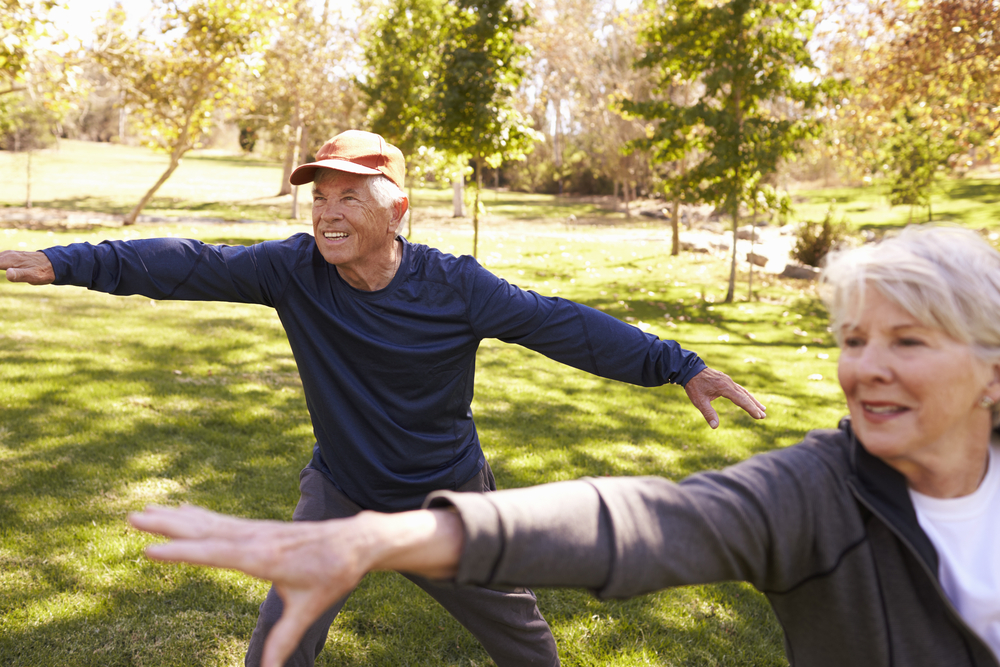Focused, One-on-One Physical Therapy Treatment
Balance Training
Improve Body Function. Regulate Posture.
Balance plays an important role in maintaining good health. Balance can help with mobility for everyday functions and even with your overall center of gravity. Physical Therapy Effect’s Doctors of Physical Therapy are here to help you live a full, balanced life free of pain or falling.

What Is Balance Training?
Balance training is a practice that strengthens the mind-body connection to maintain posture and support. Balance exercises can not only improve balance but also strengthen the muscles used to maintain balance. This can improve posture, help prevent injuries, and improve your ability to engage in daily activities.
How Is Balance Training Good for Your Health?
Certain health conditions as well as age, medications, and other factors can affect your balance. Balance training can help to counteract negative health impacts from diseases and disorders or medication taken to treat a health condition. There are benefits even for those who have no health conditions in that balance training can help improve posture and strengthen muscles to reduce the risk of future problems.
What Is the Goal of Balance Training?
The goal of balance training is to improve your overall quality of life. Quality of life can improve when people feel more self-sufficient, active, and engaged with the people in their lives. By regularly training your balance, you can find joy in regular activities while decreasing the risk that you may fall and hurt yourself.
Who Is Balance Training For?
Anybody could benefit from balance training. All humans, regardless of age or gender, would be advised to maintain good posture and balance. However, there are some groups of people that balance training may be especially useful such as:
What Are the Benefits of Balance Training?
The benefits of balance training are the improvement of overall strength and posture. Some other added benefits are balance when sitting and standing, increased walking speed, improved mental health and well-being, and overall motor control. All of these benefits can allow for more activity options and a happier mental state.
What Are Balance Tests?

If you’re unsure how your balance measures up, consider trying some balancing tests. Some of these tests can be done at home, but some of them may require a visit to a clinic that can give a proper medical assessment.
Up and Go Test
The up-and-go test is a timed test to see how quickly people are able to stand up and walk. This test monitors a person’s strides and stability while they walk to assess the risk they may pose for falling. If you can stand up and walk with stable strides without falling this would mean you have adequate balance.
Berg Balance Scale
With the Berg Balance Scale, patients will have to perform a certain number of tasks that have been predetermined to test overall functional balance. There are usually 14 tasks that will be measured on their completion, such as standing on one leg or reaching forward while standing.
Four Stage Balance Test
The Four Stage Balance Test also acts as a screening test for fall risk assessment. It does not require equipment and is quick and easy to do on your own. It starts by standing with your feet side-by-side and stepping one foot in front of the other with the heel touching the toe. Lastly, you stand on one foot and try to hold your balance without falling.
What Balance Exercises Are There?

Even if you don’t think you need a balance test, regularly practicing balance exercises can be a great way to reduce the risk of falling and maintain balance and mobility. Practicing balancing exercises can also improve posture and core strength with regular practice. Here are some exercises that may be worth trying to keep up a regular balance training regime.
Tai Chi & Yoga
Both Tai Chi and yoga practices can help to build strength and balance. Tai Chi helps people work with their reflexes and maintain balance while standing in an upright position. Yoga also helps balance by including practice in your body’s transitions and focusing your attention on spine alignment and core stability.
Balance Board Exercising
Balance board exercises can be a tool for practicing balance in a variety of positions. You can try holding a plank with your arms on the balance board or standing upright on top of the board. Standing in an upright position on the board will be more challenging but over time can help strengthen the connection between your brain and balancing legs.
Standing or Sitting Without Using Hands
Standing or sitting without using hands is a simple technique to practice regularly. This exercise helps ensure that your body has enough core and leg strength the hold the weight of your body without the help of your hands to push yourself up.











